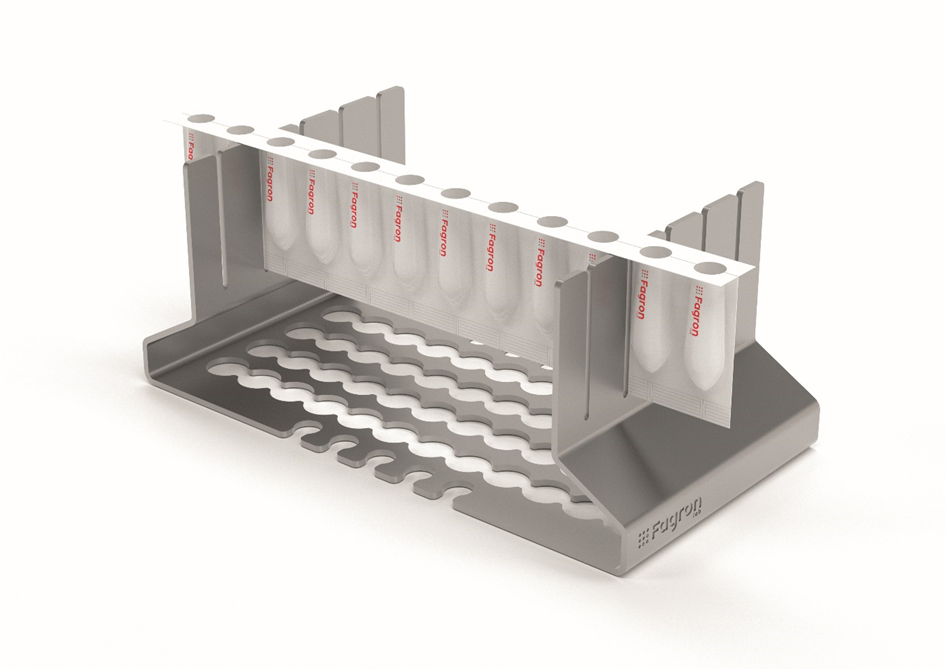Guidance for Industry 256: Understanding Impacts on the Compounding Industry
Guidance for Industry 256: Understanding Impacts on the Compounding Industry By Sarah Taylor, PharmD What is Guidance for Industry (GFI) 256? GFI 256 is a guidance for industry intended to provide clarification from the FDA on compounding animal drugs from bulk drug substances. The guidance does not apply to animal drugs compounded from FDA-approved animal or human drugs, which the FDA generally considers to be legal extra label uses of such drugs. 1 The FDA considers compounding animal drugs from bulk substances by pharmacists and veterinarians to violate aspects of the FD&C Act. Given the wide range of animal species and their varying needs, the FDA acknowledges that in some circumstances there may be no medically appropriate commercially available treatment options or commercially available FDA approved drugs may not be suitable for use as a source of active pharmaceutical ingredient (API) in some circumstances. This guidance lays out the circumstances in which the FDA
